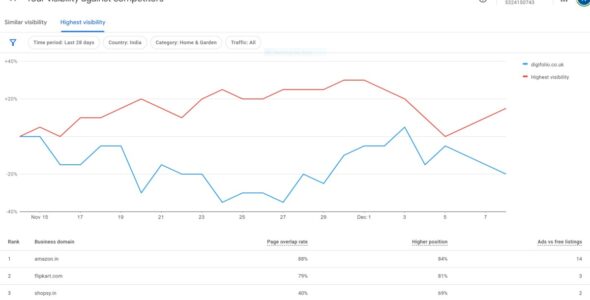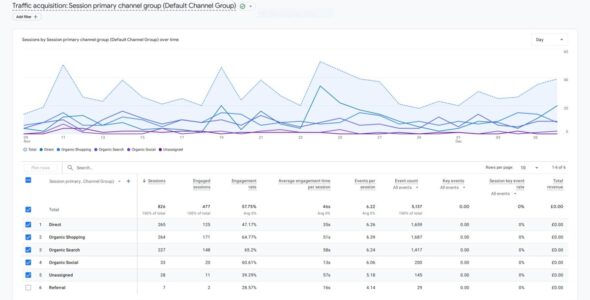Understanding Data Warehousing: Organizing Real Estate Information
In the data-driven world of real estate, having access to accurate and organized information is crucial for making informed decisions. As the real estate industry deals with vast amounts of data from various sources, managing and processing this information efficiently becomes a significant challenge. This is where data warehousing comes into play. Data warehousing is a comprehensive and organized approach to collecting, storing, and managing real estate information from diverse sources. In this blog post, we will delve into the concept of data warehousing, its benefits, and its role in organizing real estate information for strategic decision-making.

What is Data Warehousing in Real Estate?
Data warehousing is a process of centralizing, organizing, and storing data from different sources in a unified repository. In the context of real estate, data warehousing involves gathering data related to property sales, market trends, customer preferences, and economic indicators from various databases and systems. This consolidated information provides real estate professionals, investors, and developers with a comprehensive view of the market and facilitates data analysis for better decision-making.
The Components of Data Warehousing
1. Data Sources: Data warehousing starts with identifying and collecting data from diverse sources, such as property listings, market reports, demographic information, and customer feedback.
2. ETL Process: The Extract, Transform, Load (ETL) process is a critical component of data warehousing. During the ETL process, data is extracted from different sources, transformed into a consistent format, and loaded into the data warehouse.
3. Data Warehouse: The data warehouse is a centralized repository that stores all the collected and processed data in a structured and organized manner. It acts as a single source of truth for real estate information.
4. Data Modeling: Data modeling involves designing the structure of the data warehouse, including tables, relationships, and indexes, to optimize data retrieval and analysis.
5. Data Integration: Data integration ensures that data from various sources is seamlessly merged into the data warehouse, providing a comprehensive and accurate view of real estate information.

Benefits of Data Warehousing in Real Estate
1. Centralized Data Repository: Data warehousing provides a single source of truth for all real estate information, eliminating data silos and ensuring data consistency across the organization.
2. Efficient Data Retrieval: Real estate professionals can retrieve and analyze data more efficiently from the centralized data warehouse, enabling faster decision-making.
3. Data Analysis and Insights: With organized data, real estate professionals can perform in-depth data analysis, gain valuable insights into market trends, and identify investment opportunities.
4. Improved Decision-Making: Data warehousing empowers real estate professionals to make informed decisions based on accurate and up-to-date information.
5. Enhanced Customer Experience: By understanding customer preferences and behavior from the data warehouse, real estate agents can provide personalized services, enhancing the customer experience.
Implementing Data Warehousing in Real Estate
1. Identify Data Sources: Start by identifying the sources of real estate data that you want to collect and integrate into the data warehouse. This may include property listings, market reports, customer data, and more.
2. Data Cleaning and Transformation: The collected data may require cleaning and transformation to ensure accuracy and consistency. This involves removing duplicates, standardizing formats, and resolving discrepancies.
3. Choose a Data Warehouse Solution: Select a data warehousing solution that suits the needs of your real estate business. Cloud-based data warehouses offer scalability and flexibility, making them popular choices for modern real estate companies.
4. Data Integration and ETL: Implement the ETL process to extract data from various sources, transform it into a consistent format, and load it into the data warehouse.
5. Data Modeling and Design: Design the structure of the data warehouse, including tables, relationships, and indexes, to optimize data retrieval and analysis.
6. Security and Access Control: Ensure that the data warehouse is secure and access to sensitive real estate information is restricted to authorized personnel.

Real-Life Example of Data Warehousing in Real Estate
A real estate development company aims to build sustainable and eco-friendly properties to meet the growing demand for green buildings. To achieve this goal, they gather data from various sources, such as environmental assessments, energy efficiency reports, and sustainable materials suppliers. They implement a data warehousing solution to consolidate this information in a central repository.
With the data warehouse in place, the company can analyze the environmental impact of different building materials, assess the energy efficiency of properties, and identify sustainable practices that align with customer preferences. This data-driven approach helps them make informed decisions about sustainable development strategies, attracting environmentally-conscious buyers and investors.
Conclusion
Data warehousing is a vital tool for organizing real estate information and enabling data-driven decision-making in the industry. By centralizing data from diverse sources, real estate professionals can gain comprehensive insights into market trends, customer preferences, and investment opportunities. With the right data warehousing solution, real estate companies can streamline data retrieval, improve decision-making, and deliver exceptional customer experiences.
In the data-rich landscape of real estate, data warehousing has emerged as a critical enabler for success. As the industry continues to evolve, investing in data warehousing and leveraging organized real estate information will be essential for staying competitive and achieving remarkable success in the dynamic world of real estate.





